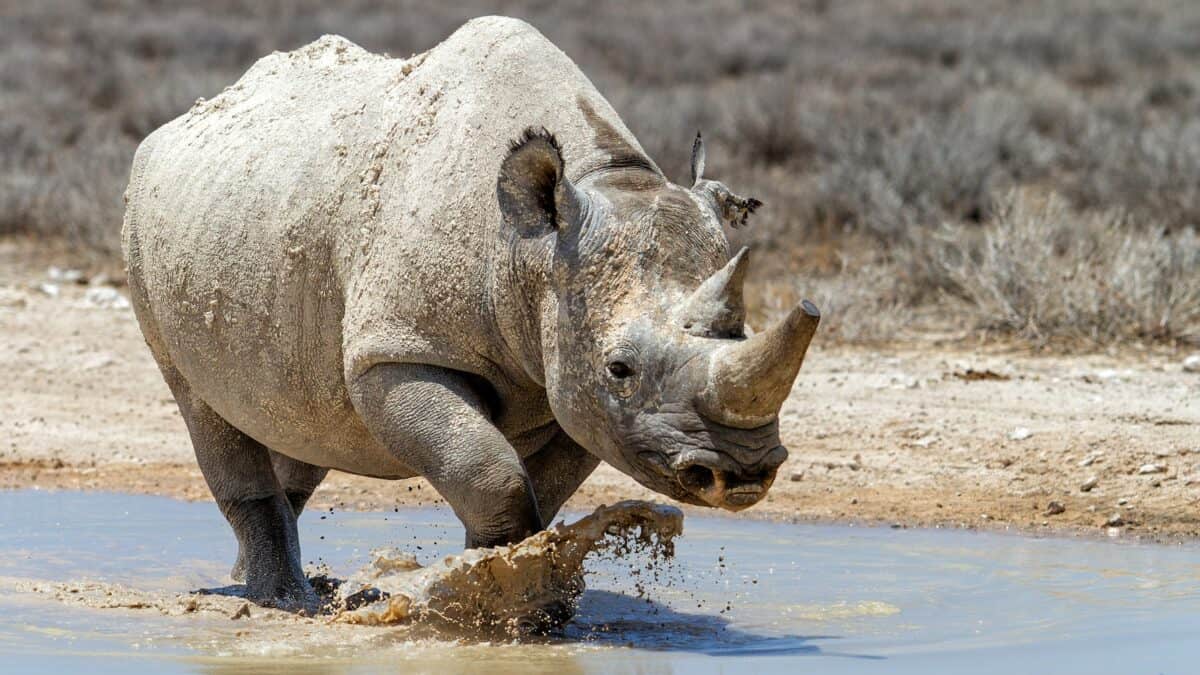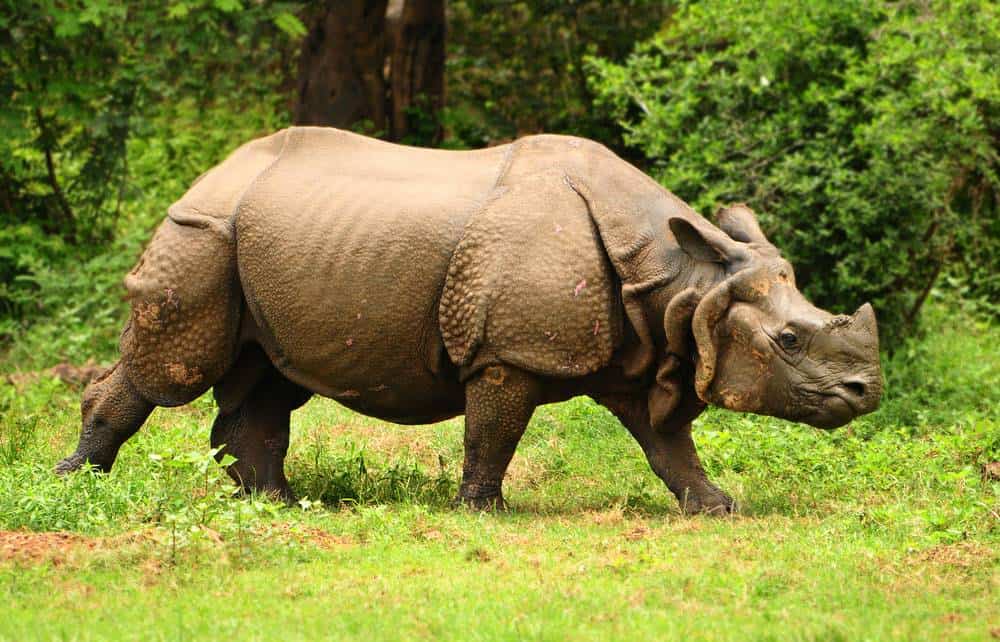The Sumatran rhino (Dicerorhinus sumatrensis), the smallest of the rhinoceros species and critically endangered, faces unprecedented challenges to its survival. These shy and elusive creatures, found primarily in the dense rainforests of Sumatra and Borneo, are on the brink of extinction. This article delves into the world of the Sumatran rhino, highlighting the urgent need for conservation efforts to ensure their survival.
Distinct Characteristics of the Sumatran Rhino

The Sumatran rhino is distinguishable by its smaller size, weighing between 500 to 800 kilograms and standing about 1.2 to 1.5 meters at the shoulder. Unlike its African and Indian relatives, the Sumatran rhino has a coat of reddish-brown hair, which helps it blend into its jungle habitat. This feature also assists in keeping mosquitoes and forest insects at bay, a unique adaptation among its kind.
Historical Range and Current Habitat

Historically, Sumatran rhinos roamed across much of Southeast Asia, from the foothills of the Himalayas to the jungles of Indonesia. Today, however, their range has drastically diminished due to poaching and habitat loss, with remaining populations confined to fragmented pockets of Sumatra and Borneo. These areas are increasingly threatened by human encroachment and deforestation.
Understanding the Behavior of Sumatran Rhinos

Sumatran rhinos are predominantly solitary creatures, except during mating and calf-rearing periods. They are known for their elusive and secretive nature, often avoiding human contact. Their activity mainly occurs at dawn and dusk, consistent with their crepuscular habits. They favor areas with a dense canopy, which provides ample cover and food.
Diet and Feeding Habits

The Sumatran rhino is a browser, feeding on a wide variety of plant species. Their diet consists mainly of leaves, twigs, bark, and fruits. With a diverse array of food options available in the rainforests, these rhinos play a crucial role in their ecosystem by aiding in seed dispersal through their feces.
Reproduction and Lifecycle

Reproduction in Sumatran rhinos is a slow process, contributing to their critically endangered status. Females typically give birth to a single calf after a gestation period of approximately 15 to 16 months. The calves are born with a dense coat of hair and stay with their mothers for up to 2 to 3 years, learning essential survival skills during this time.
Major Threats to Survival

The primary threats to the Sumatran rhino are poaching and habitat loss. Poachers target them for their horns, which are highly valued in traditional medicine, despite a lack of scientific evidence supporting any medicinal properties. Additionally, deforestation for palm oil plantations and human settlements has significantly reduced their living space.
Conservation Efforts and Protection

Numerous conservation organizations and government agencies are working tirelessly to save the Sumatran rhino from extinction. Efforts include habitat protection, anti-poaching patrols, and captive breeding programs. The Sumatran Rhino Sanctuary in Indonesia plays a pivotal role in these conservation efforts by providing a safe haven for remaining individuals.
Role of Captive Breeding Programs

Captive breeding programs are an essential component of the conservation strategy for Sumatran rhinos. These programs aim to increase the population size and genetic diversity by breeding rhinos under controlled conditions. Successful births in captivity provide hope for the species’ recovery and eventual reintroduction into the wild.
Community Engagement and Awareness

Increasing local and global awareness about the plight of the Sumatran rhino is crucial for its conservation. Educating local communities about the benefits of preserving their natural heritage and sustainable practices can lead to more effective protection and monitoring efforts. Global campaigns also help garner support and funding for conservation initiatives.
The Role of Technology in Conservation

Technology plays an increasingly important role in the conservation of Sumatran rhinos. From camera traps and drones that monitor their movements to DNA analysis for tracking genetic diversity, technological advancements are pivotal in gaining a deeper understanding of these elusive animals and devising effective conservation strategies.
Conclusion A Call to Action

The Sumatran rhino’s path to survival is fraught with challenges, but concerted efforts can make a difference. Protecting this remarkable species requires global cooperation, increased awareness, and financial support. Through continued research, habitat protection, and sustainable practices, we can hope to see a future where the Sumatran rhino once again thrives in its natural habitat. The time to act is now, before we lose one of the world’s most unique and elusive creatures forever.
- California Has a Salamander So Tiny It Fits on Your Fingertip - August 10, 2025
- 13 Creatures That Did Not Exist 100 Years Ago - August 10, 2025
- 10 Dog Breeds That Are Too Fragile or Fiery for Families With Kids - August 10, 2025

